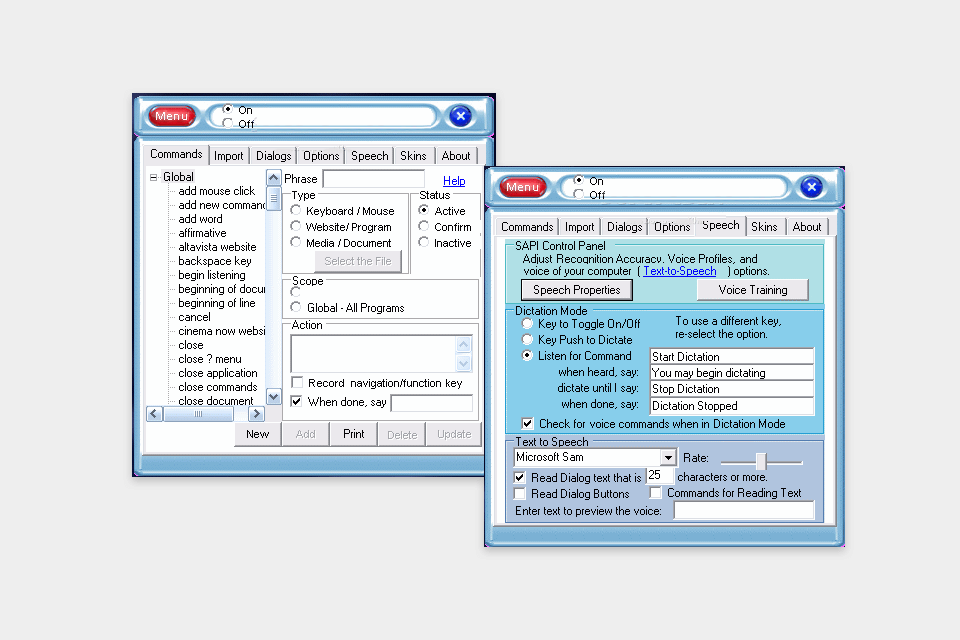
It also allows them to save a lot of valuable time. Indeed, the developers aim to improve speech recognition efficiency, which can even surpass human capabilities. Hence, the prime target of speech recognition is to maximize accuracy and speed. Thanks to the innovative technology, it is attaining almost 98% accuracy in the current scenario. The experts believe that speech recognition didn’t reach a hundred percent accuracy. The program sends the output in the form of text or computer commands. The related phoneme is passed through a hard statistical model, comparing them to a broad set of words, phrases, and sentences. Here you have to check phonemes in other phoneme’s context. In the next stage, one has to focus more on speech recognition research. The machine matches the segments with phonemes in a proper language. It is categorized into small segments that are hundredths or thousandths of a second, as in the case of plosive consonant sounds. They need to program the device in such a way that unwanted sound gets filtered out.Īnother crucial aspect that comes into play is the sound’s signal. The developers also have to pay attention to nullifying the issue of background noise. That is when the developers have to program the device accordingly to quickly identify different variations, languages, dialects, and more. But the challenge is when the machine has to work for multiple different markets. It means it has to comprehend the speaker’s language.Īlso, if a single person uses a speech recognition device, he/she can adjust the settings according to his/her convenience. The sound recognition depends on algorithms and different types of models to accurately guess what you are saying. It again analyzes the sound to understand its meaning. In the next step, it digitizes that filtered sound and then converts it into a readable format. The speech recognition first analyzes the sound of the speaker and then filters it accordingly. So, the next question that comes to mind is, how does speech recognition work. Thus, the ability to hear and understand the words has enhanced a lot. The cloud-based solutions and digital transformation technologies have played a considerable role in consistently improving and boosting speech recognition in recent years. The concept of end-to-end automatic speech recognition came in 2014 with the introduction of Connectionist Temporal Classification (CTC)-based systems. This embarked, the clear beginning of a revolution.

In 2012, the speech recognition technology progressed significantly, gaining more accuracy with deep learning. The early 2010s saw a clear distinction between speech recognition and voice recognition. In 2009, Geoffery Hilton created deep feedforward networks for acoustic modeling. The device helped a great deal to improve Google’s recognition solutions.

Google’s first attempt at speech recognition came in 2007 when it built a GOOG-411, a telephone directory-based service. Next, in the 2000s, DARPA demonstrated a couple of speech recognition programs. In the mid-1980s, the IBM developers developed a voice-activated typewriter Tangora, which could handle 20,000 vocabulary words. For instance, DARPA started working on a Speech Understanding Research Program with a quest to find a minimum vocabulary size of 1000 words. The other significant development occurred in 1962 when the renowned multinational technology company IBM demonstrated and built a Shoebox machine that could distinguish between 16 spoken words in English.ĭuring the period 1970-1990, various successful studies and research were carried out in different parts of the world.

Speech recognition dates back to 1952 when three Bell laboratory researchers developed a new system known as Audrey.
Best speech to text program for mac software#


 0 kommentar(er)
0 kommentar(er)
